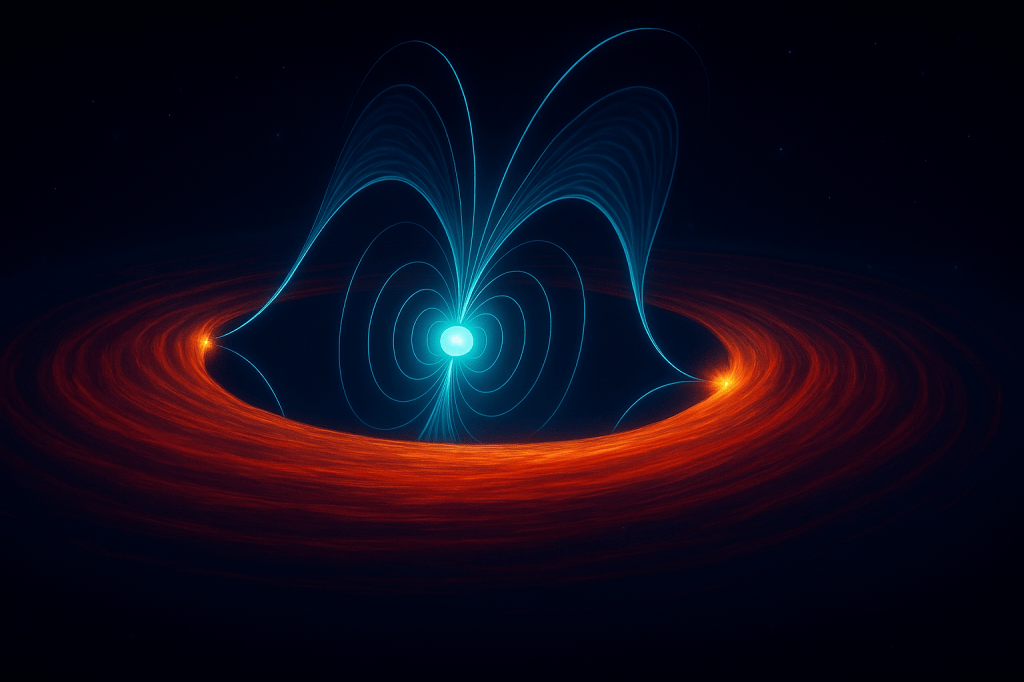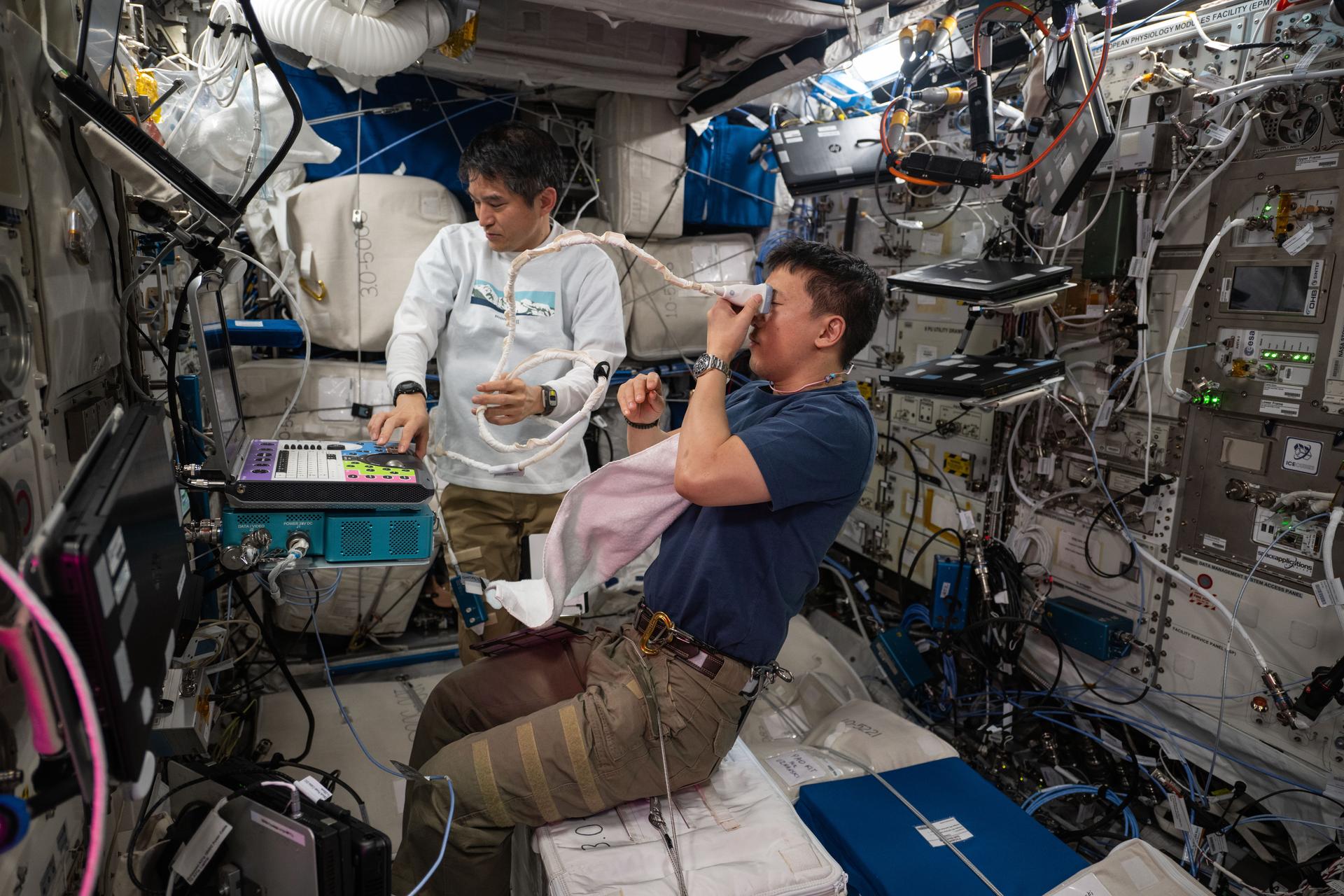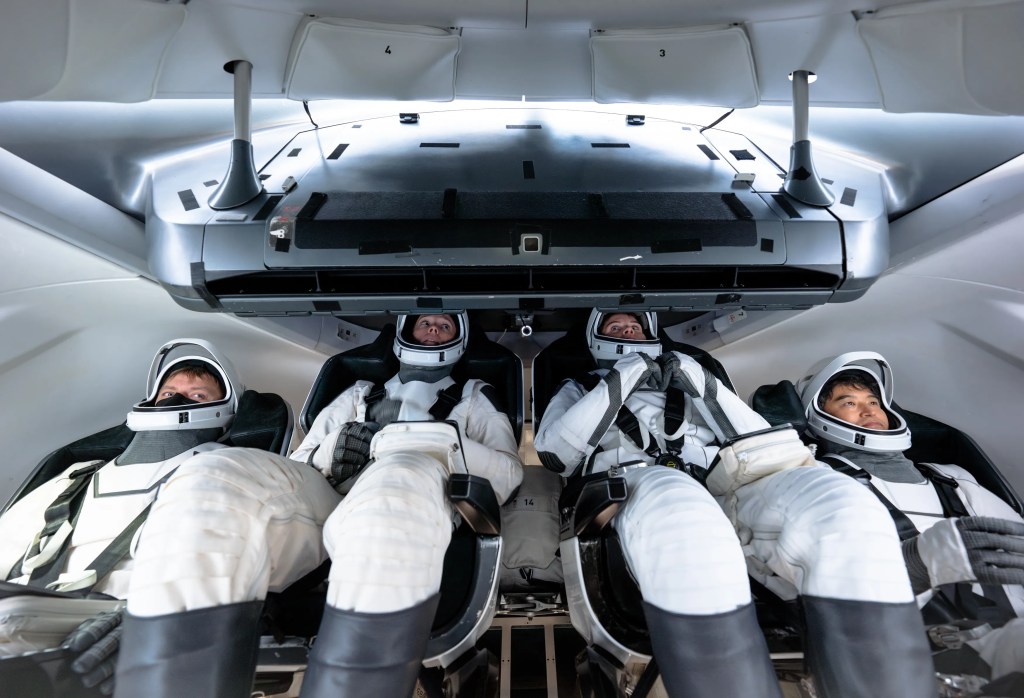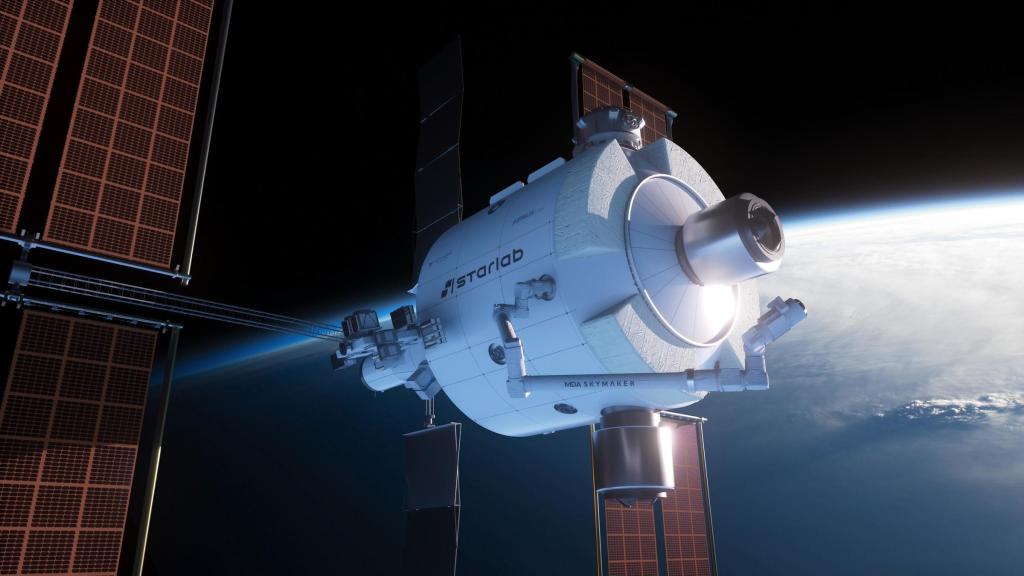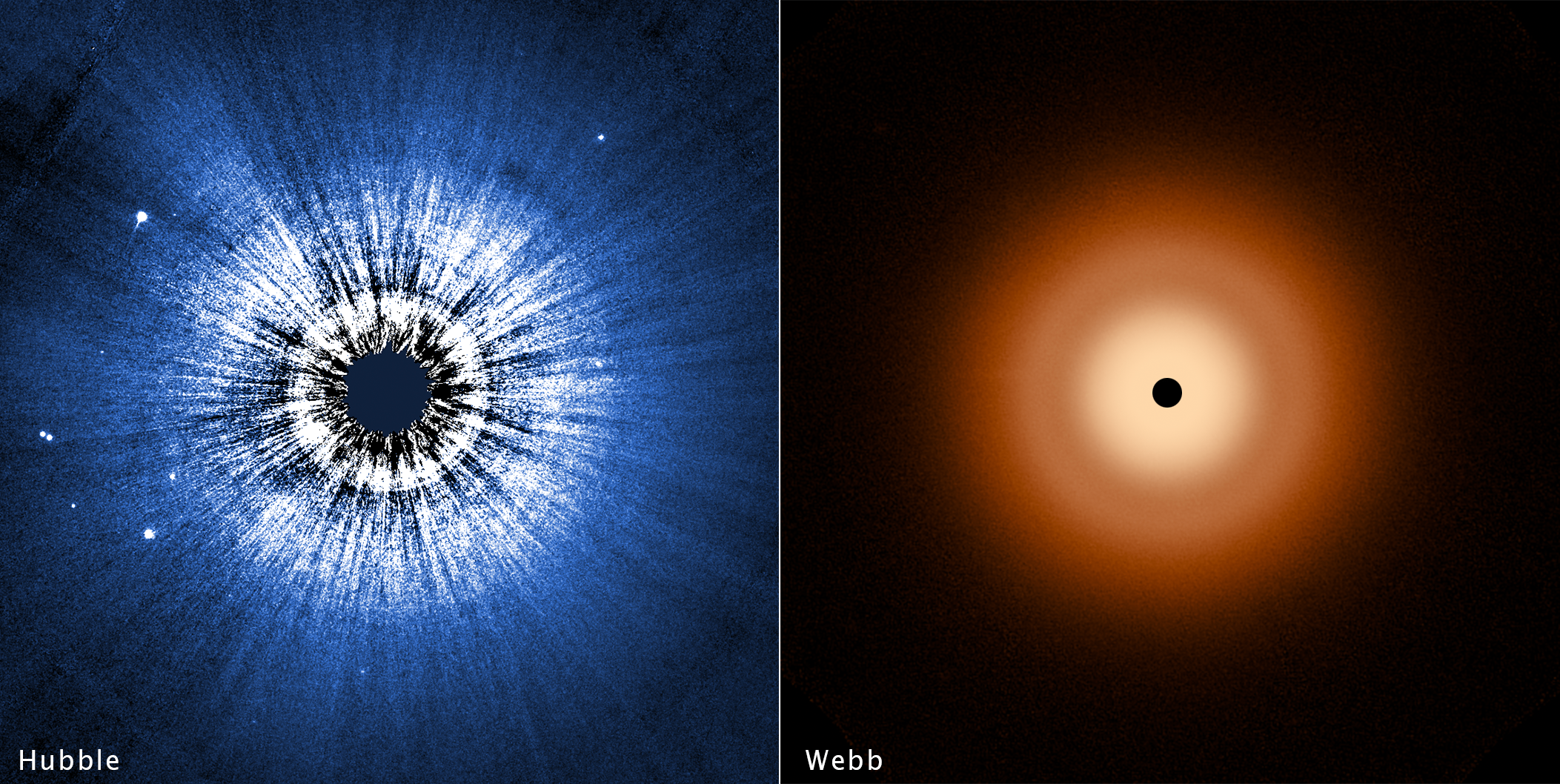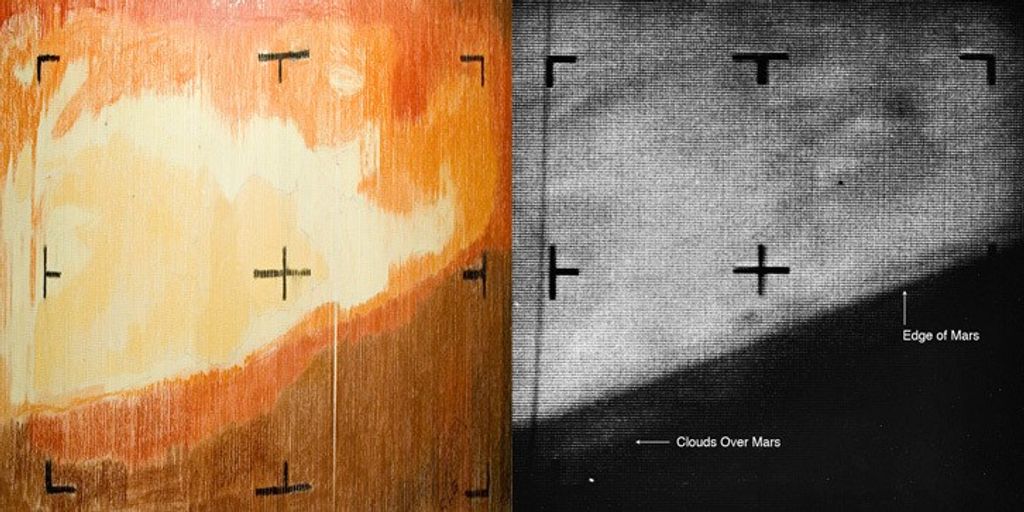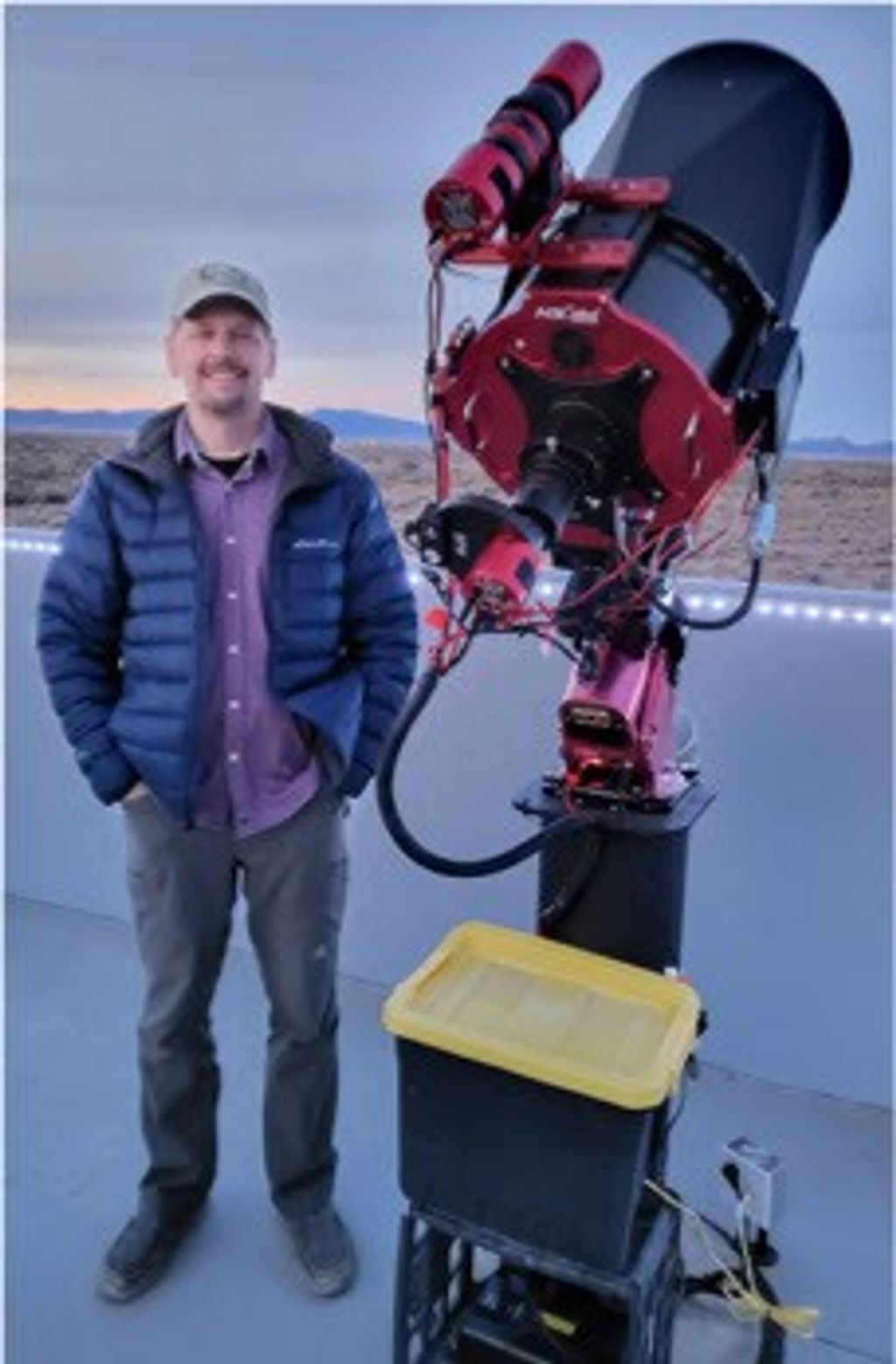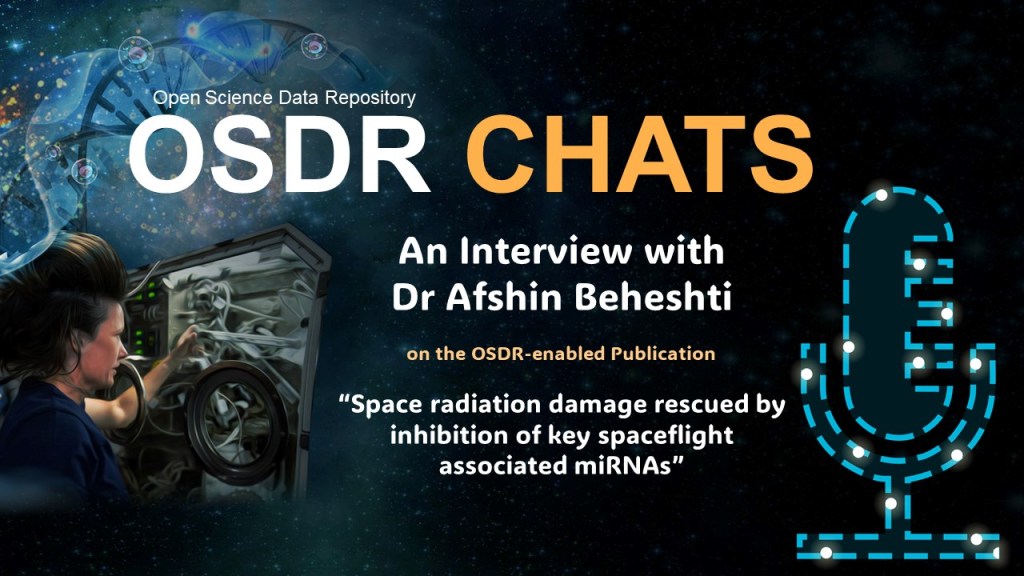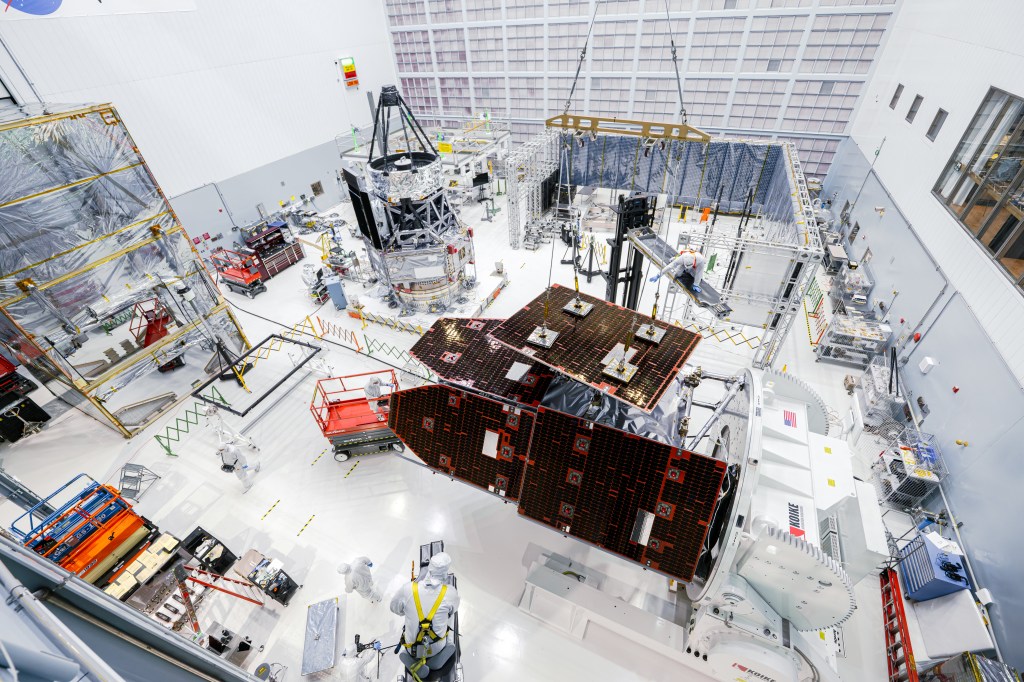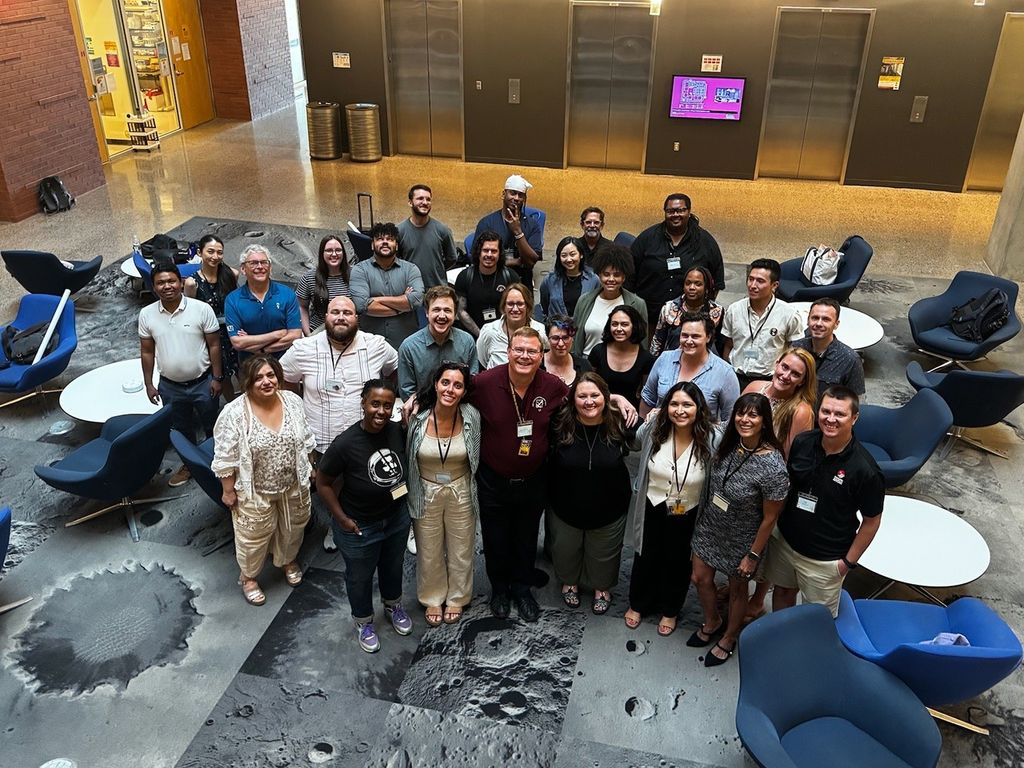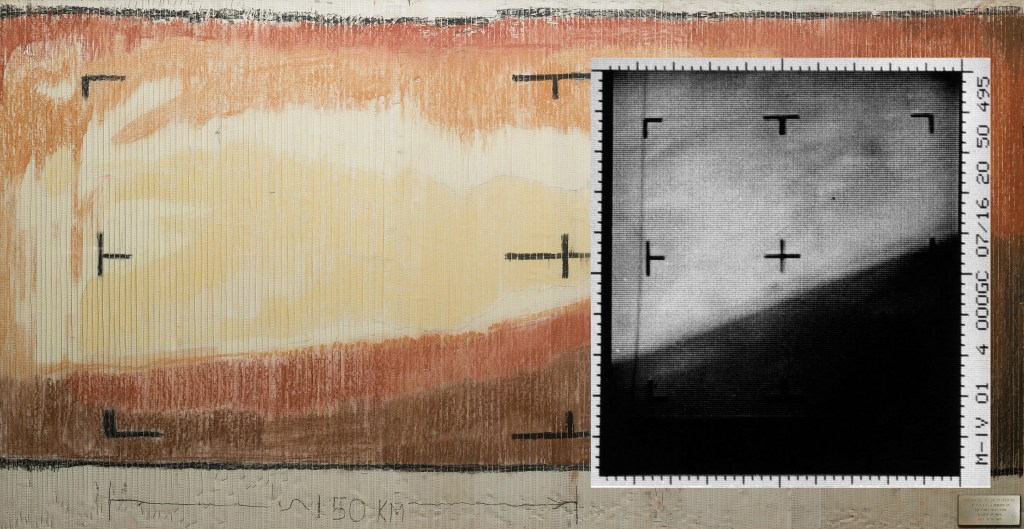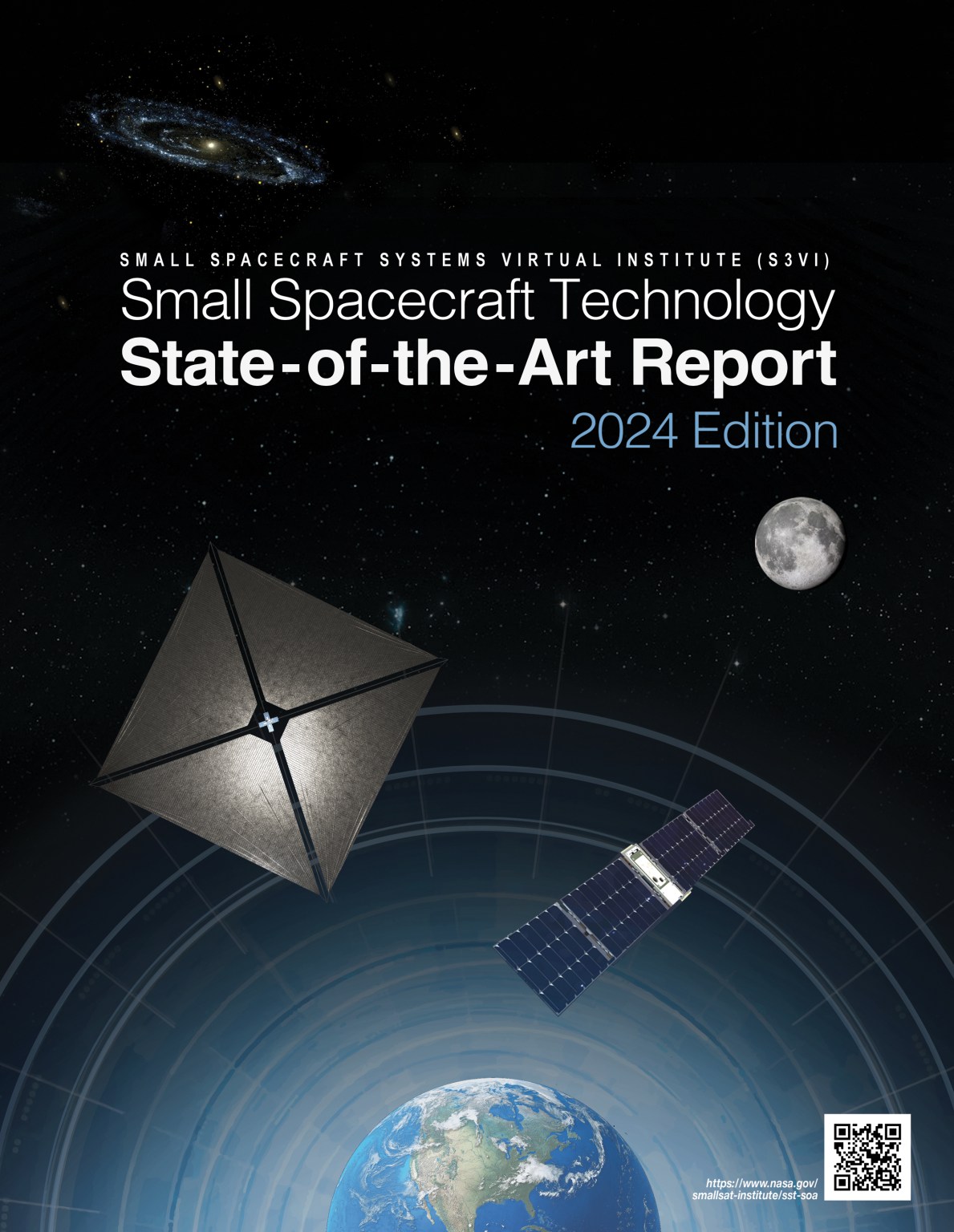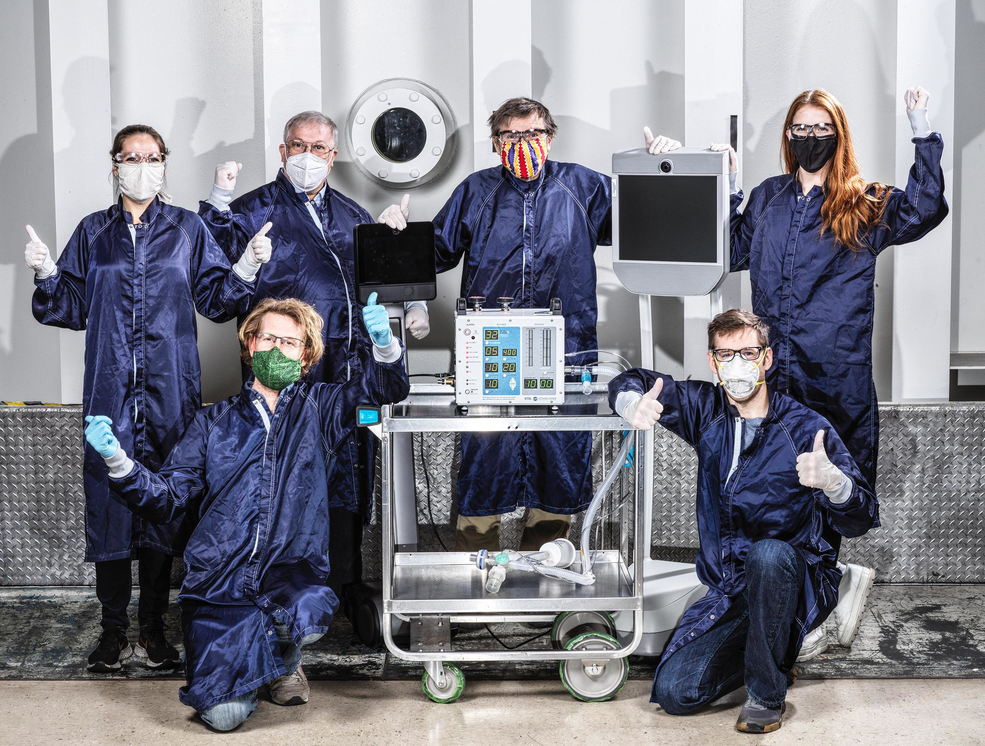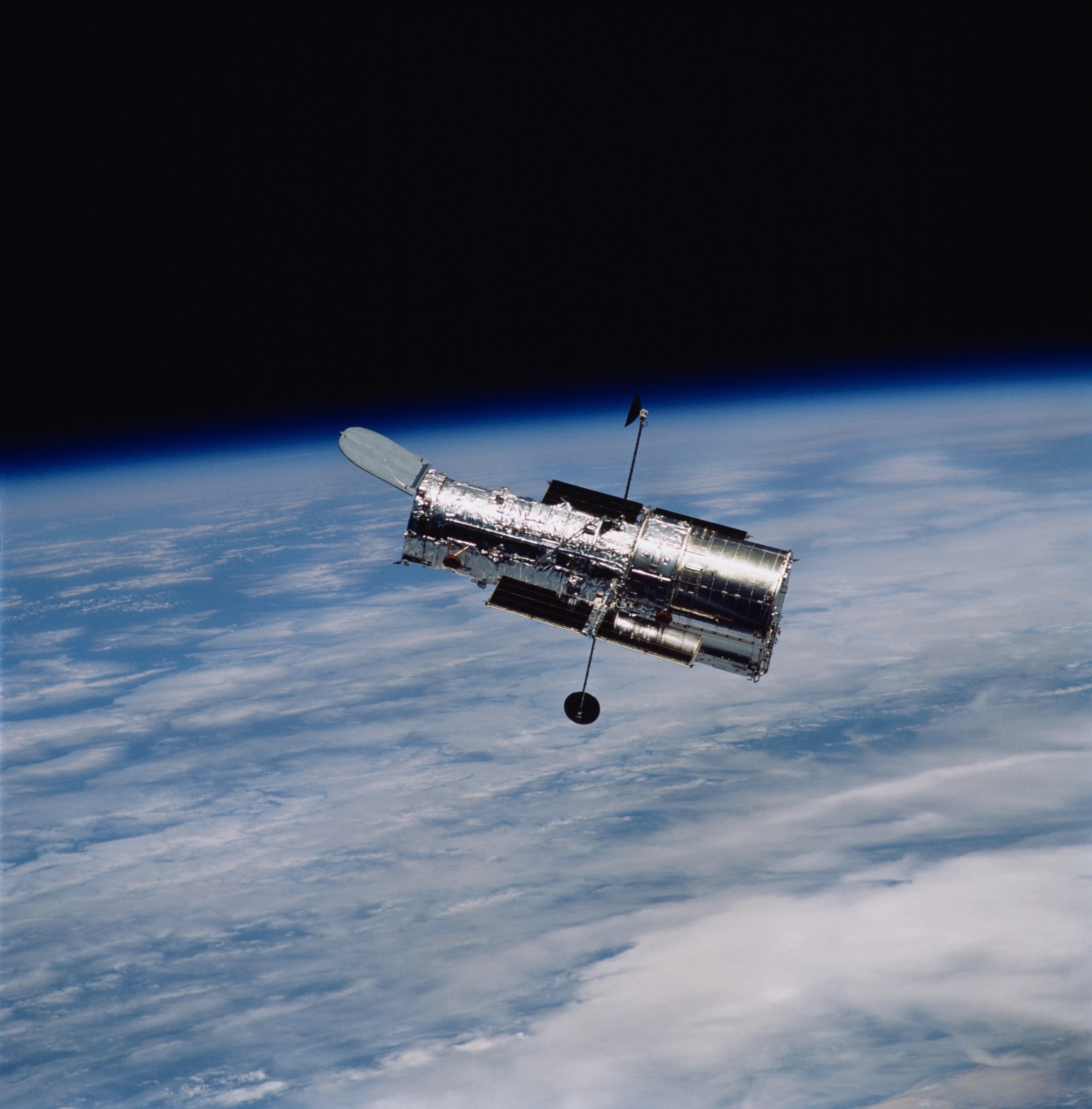NASA Ames Engineering Competencies
The Engineering Directorate (Code R) supports NASA Ames Research Center (ARC) for all flight and mission projects, and all advanced engineering capabilities needed for the research and development (R&D) mission of the Center. Code R will provide engineering support for all phases of engineering and project management in a project life cycle for flight and mission projects as defined in NASA Procedural Requirement (NPR) 7120.5.
The engineering project life cycle, covering the breadth of responsibility of Code R, is briefly described below:
R&D – Research and Development
During R&D, a team or individual will assess various possible technical solutions to a current or upcoming NASA engineering need. These will be driven by the long-term goals of one of the NASA Mission Directorates. Basic conceptual and applied engineering analysis, prototyping, and ‘bench-top’ engineering will be performed to determine viable technical approaches and systems-level technology assessments. Publication of these results in NASA technical documents, or as papers in an appropriate professional organization’s journal or conference proceedings is typically a final result of the studies.
Pre-Phase A – Concept Phase
During Pre-Phase A, a pre-project team studies a broad range of mission concepts that contribute to program and Mission Directorate goals and objectives. These advanced mission design studies, along with interactions with customers and other potential stakeholders, help the team to identify promising mission concept(s) and draft project-level requirements. The team also identifies potential technology needs (based on the best mission concepts) and assesses the gaps between such needs and current and planned technology readiness levels. These activities are focused toward a Mission Concept Review and Key Decision Points (KDP) A.
Phase A – Concept & Technology Development
During Phase A, a project team is formed to fully develop a baseline mission concept and begin or assume responsibility for the development of needed technologies. This work, along with interactions with customers and other potential stakeholders, helps with the baselining of a mission concept and the program requirements on the project. These activities are focused toward System Requirements Review (SRR) and System Definition Review/Preliminary Non-Advocate Review (SDR/PNAR) (or Mission Definition Review (MDR/PNAR)). The SRR and SDR/PNAR process culminates in KDP B.
Phase B – Preliminary Design & Technology Completion
During Phase B, the project team completes its preliminary design and technology development. These activities are focused toward completing the Project Plan and Preliminary Design Review (PDR)/Non-Advocate Review (NAR). The PDR/NAR process culminates in KDP C.
Phase C – Final Design and Fabrication
During Phase C, the project completes the design that meets the detailed requirements and begins fabrication of test and flight article components, assemblies, and subsystems. These activities focus on preparing for the Critical Design Review (CDR) and the System Integration Review (SIR). This phase culminates in KDP D.
Phase D – System Assembly, Integration and Test, and Launch
During Phase D, the project performs system assembly, integration, and test. These activities focus on preparing for the Flight Readiness Review (FRR). This phase culminates in KDP E.
Phase E – Operations and Sustainment
During Phase E, the project implements the Missions Operations Plan developed in previous phases. This phase culminates in KDP F.
Phase F – Closeout
During Phase F, the project implements the Systems Decommissioning/ Disposal Plan developed in Phase E, and performs analyses of the returned data and any returned samples.






